IN SEPTEMBER 2022, while walking the long-distance Pilgrim’s path, the St Cuthbert’s Way from Melrose in Scotland to the Holy Island in Northumberland, the conversation drifted to the British Empire in India, and specifically to Clive of India.
I had become an avid listener of the Empire podcast series by Anita Anand and William Dalrymple and learned something unexpected: one of the greatest havens of Indian cultural artefacts and jewellery in the world was Powis Castle in Wales.
My wife Roma and I, both of Indian ancestry but long-term residents of the UK and holders of British nationality, have travelled extensively in India and visited many museums and galleries there, but this fact had eluded us. Our friends on this walk, Will and Ginny Tapsfield, were also captivated by this nugget of information, and we resolved to pay a visit together to Powis Castle.
In September 2024, two years later, we embarked on another long-distance walk – this time along a section of the Offa’s Dyke Path from Prestatyn in North Wales to our destination, Powis Castle, home to the Clive Museum, which is owned by the National Trust.
We found an illuminating article in Eastern Eye written by Amit Roy and learned that the museum was looking for feedback, particularly from people of Indian ancestry. A few days before our arrival, I emailed the museum and explained the aim of our journey, like a pilgrimage in itself. My communication was warmly welcomed by Ennis Vingoe and on our arrival, we found a senior and friendly curator, called Alex Turrell, was to be our guide. He was open, knowledgeable, self-critical, enthusiastic and particularly welcoming of constructive feedback.
I have benefited from Alex’s erudition, feedback from other trust staff, and advice from my travelling companions.
Our first surprise was that Robert Clive of India never lived in Powis Castle and that his son Edward Clive married into the established aristocracy of the Herbert family and changed his surname from Clive to Herbert. Robert and Henrietta, his wife, were keen collectors and established the museum, transferring Robert Clive’s collection and their own into Powis Castle. Much of the collection had been sold over the years, by the Herberts, especially to pay for the upkeep of Powis Castle and renovations of its gardens but, nonetheless, the remaining objects were fascinating and even wondrous, being some of the finest examples of Indian craftsmanship.
In primary school in Glasgow, my early understanding of British colonialism came from the world map that covered the blackboard, displaying vast swathes of pink to denote the British Empire – including, of course, India, the jewel in the crown. The little history we were taught about the British Empire at school extolled the feats and conquests of Robert Clive, who played a pre-eminent role in the East India Company.

Only in late adulthood did I learn that he was a cruel, greedy and despotic leader. His reputation was spoiled even in his lifetime and he committed suicide when only 49 years of age, although at that time he was an extremely wealthy person.
Visiting the museum was an emotional experience. I saw a multiplicity of varied objects, from armour, jewellery, a palanquin, a tent and unsurprisingly, a huge portrait of Robert Clive looking splendid while towering above the dominating fireplace in the museum.
Many of the most important objects came from the court of Tipu Sultan (1750– 1799), the ruler of the immensely wealthy Indian state of Mysore. He was defeated while Edward Clive, later Herbert, was governor of Madras. The most striking object for me was Tipu Sultan’s sword, acclaimed for its exquisite craftsmanship and, for this reason, as well as its historical significance, a priceless artefact.
Alex explained to us that the National Trust is trying hard to tell the story in a sensitive and fair way and also looking for ways of displaying the collection better. Currently, the objects are mostly behind expensive, glass-fronted cabinets sometimes obscured by carved wooden panels that make viewing difficult. My companions and I agreed with Alex that the display and labelling of the objects need improvement. Without Alex’s expert direction we would not have understood the significance of many of the objects or the collection as a whole.
Arguably, an even more pressing controversy is how the National Trust should portray the story of conquest and, at times, plunder – once extolled as a symbol of British power and exceptional prowess but now increasingly a matter of unhappy self-reflection, if not shame.
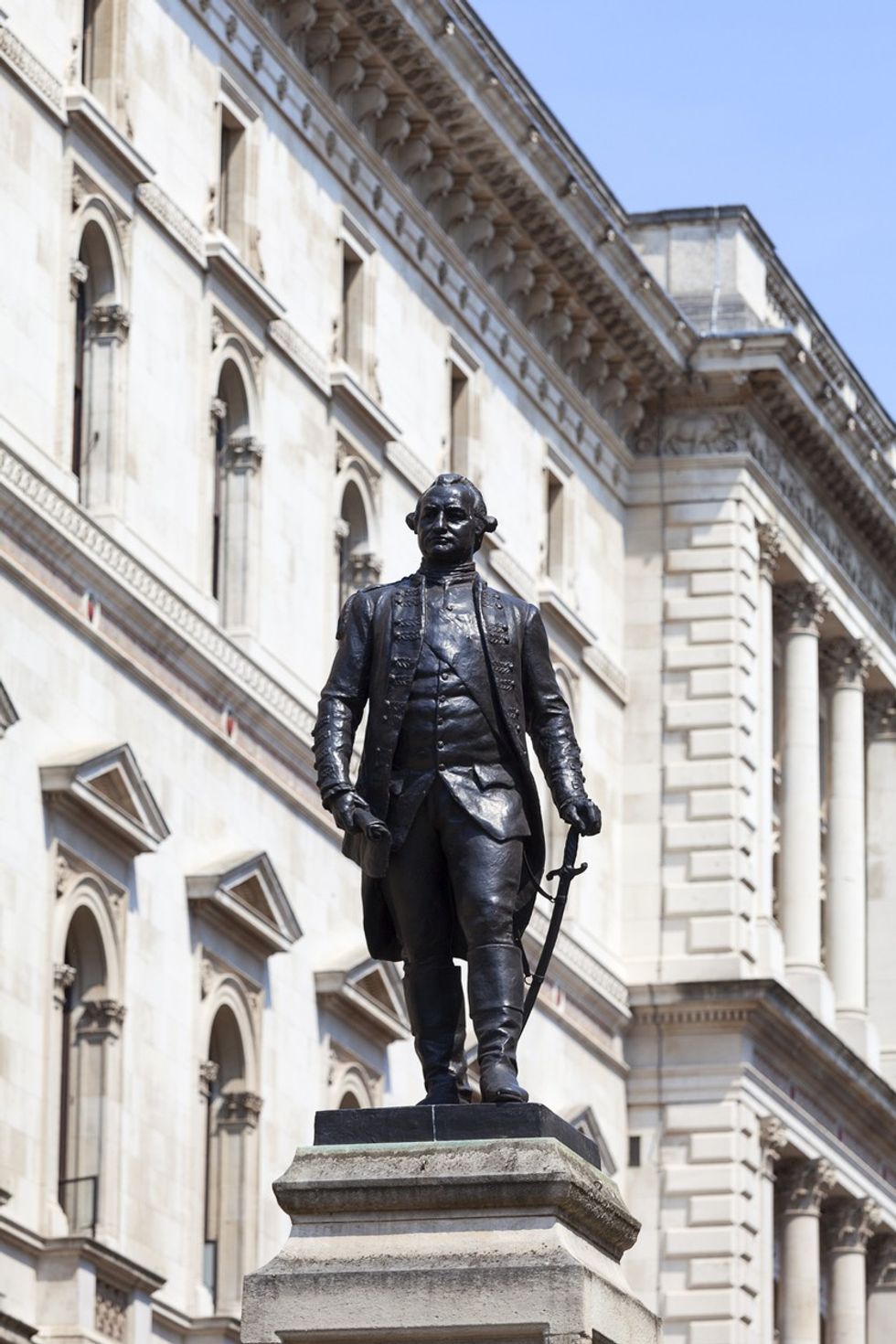
The National Trust is also working hard on establishing the provenance of the objects, especially how they were acquired. In my view, speaking as a British Indian, objects that were fairly purchased should be retained and exhibited with pride, but those that were looted or taken by force or coercion should either be returned to Indian museums or compensation should be paid to the Indian government to be distributed to the arts and crafts on the Indian subcontinent. I believe that the provenance of every object should be stated in the exhibition, whether known or not.
The Clive Museum is the perfect place for telling the world, in an objective way, how significant Clive was in developing the East India Company which would eventually take over of much of the Indian subcontinent.
Powis Castle and its Indian collection would be a great place to create an updated and modern exhibition telling us about Robert Clive and his role in the East India Company. While Robert Clive was undoubtedly an exceptional and courageous businessman, leader and warrior, already commemorated in innumerable monuments and even street names, the world does need to hear more about his avarice and exploitation in the colonies.
As we wandered through the museum and gardens, we were introduced to an art exhibition titled A Tiger in the Castle by the artist Daniel Trivedy. This work is summarised in an informative documentary. We explored the magnificent gardens and outbuildings, looking for tiger cut-outs in the castle itself and hidden in the grounds. (The money and jewellery taken from India paid for much of the refurbishment of these marvellous gardens.) Tipu Sultan was known as the Tiger of Mysore, and a tiger’s head was the centrepiece of his throne. The artist has conveyed a clear message: the spirit of India is a strong presence in Powis Castle.
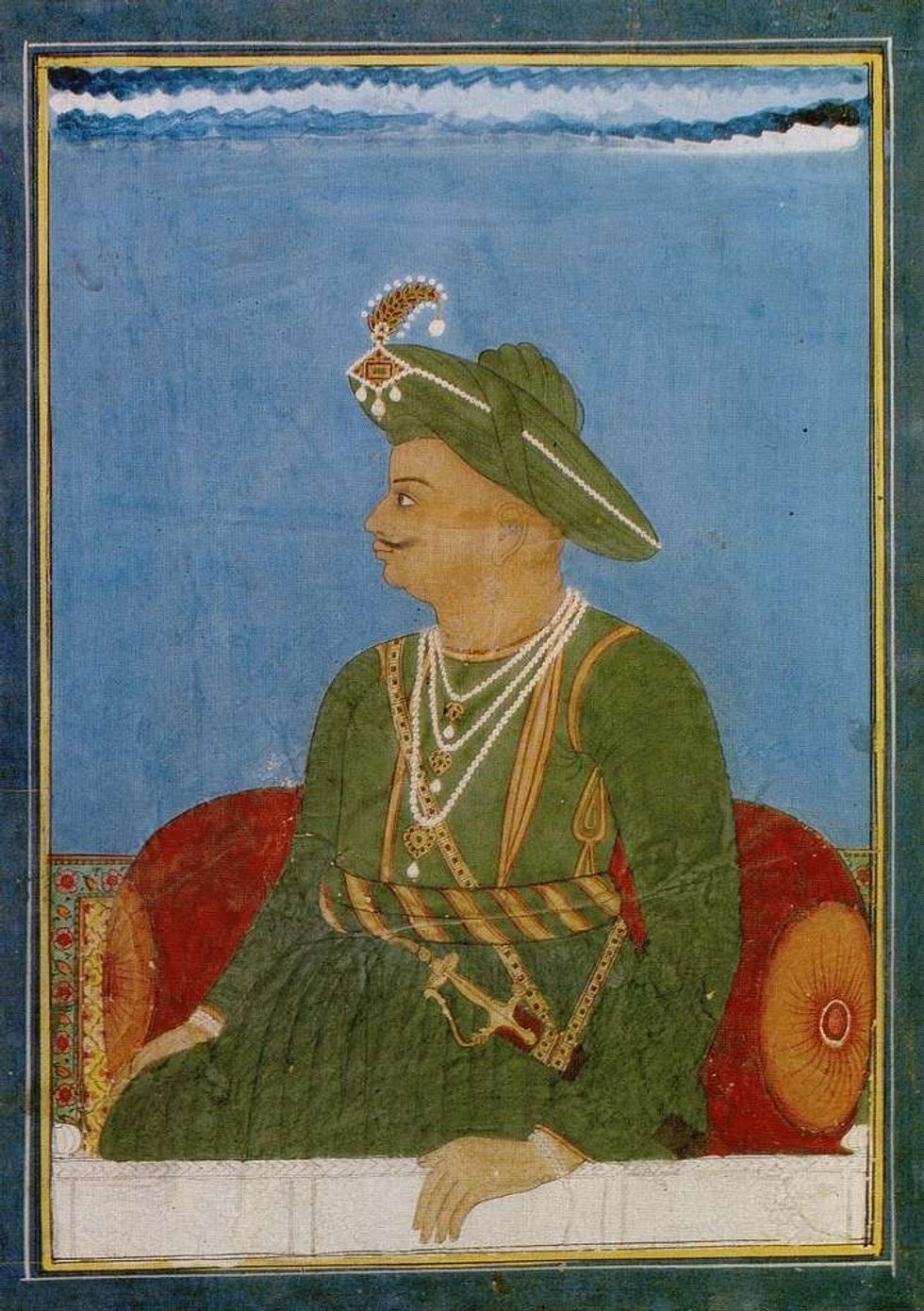
I contend that the spirit of the Indian tiger is a powerful presence throughout the UK, in all its constituent countries, prowling the myriad monuments and buildings that were funded by the riches of the British Empire – especially those from the Indian subcontinent.
Indeed, this tiger prowls uneasily in the honours bestowed in the name of the British Empire that have been granted to me and my wife. The presence of a large south Asian population and the deep influence of south Asian culture in Britain result from and reflect the history of the British Empire.
Powis Castle holds an unparalleled and unexpected concentration of history, showcasing the interwoven past of Britain and the Indian subcontinent – its reverberations felt to this day and far into the future. It should be a place of pilgrimage for all citizens, as the lessons to be learned remain highly relevant to our lives.






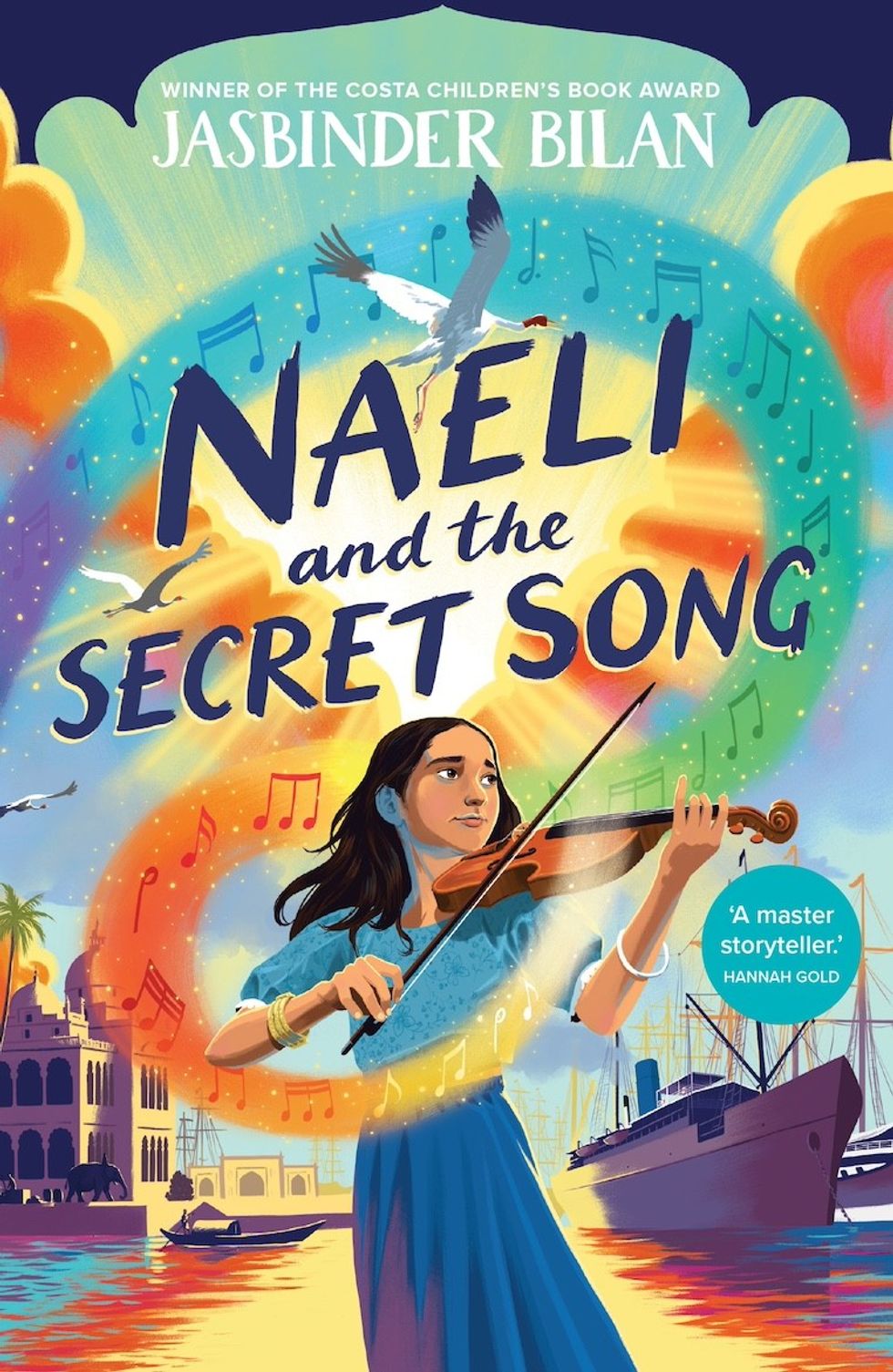 Naeli and the secret song
Naeli and the secret song








 Jamie Lloyd’s Evita with Rachel Zegler set for Broadway after London triumphInstagram/
Jamie Lloyd’s Evita with Rachel Zegler set for Broadway after London triumphInstagram/
 A compelling premise, layered and unpredictable charactersAMG
A compelling premise, layered and unpredictable charactersAMG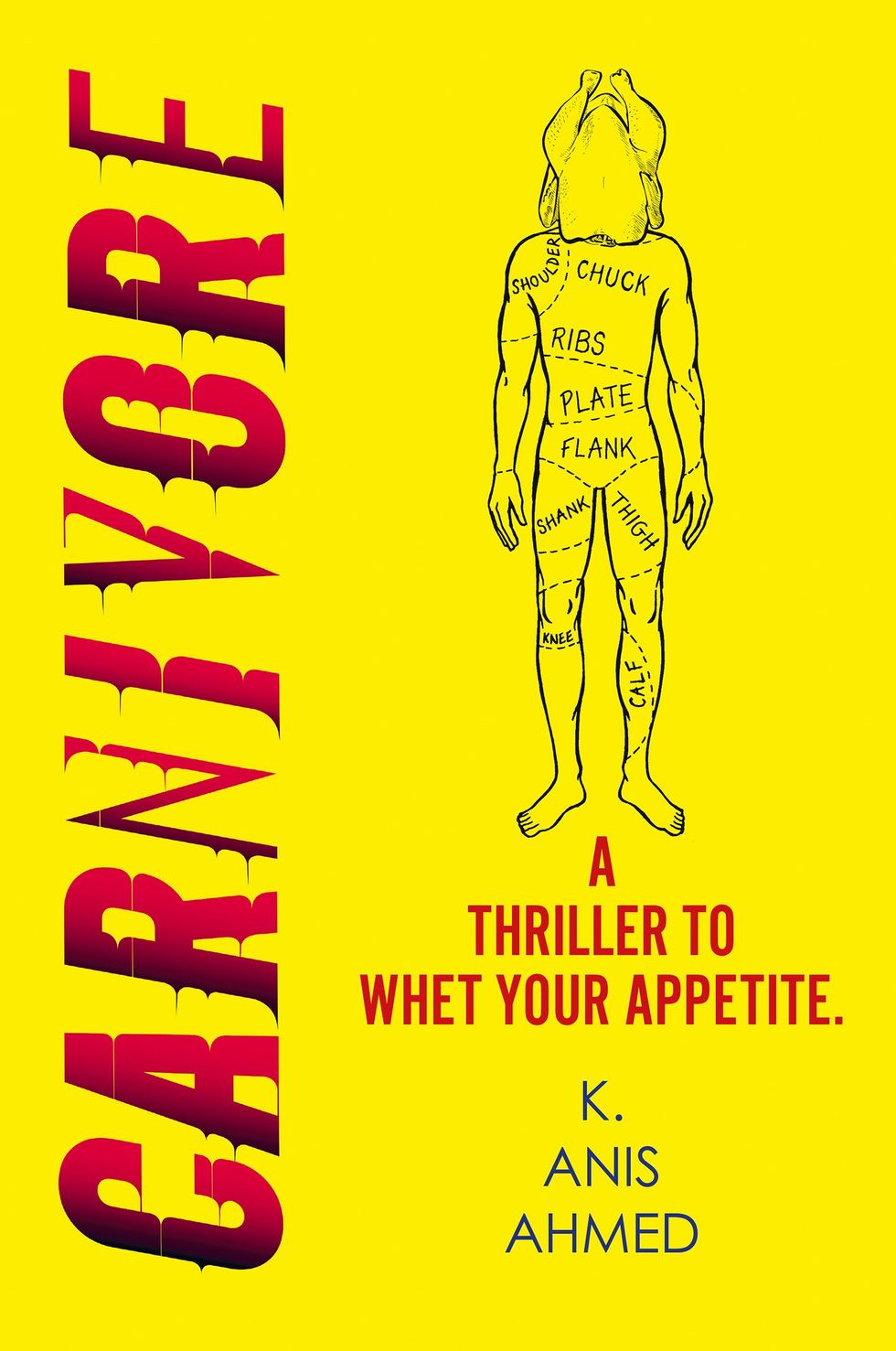 Anyone who enjoys a gripping story with a diverse cast and unexpected twistsHarperFiction
Anyone who enjoys a gripping story with a diverse cast and unexpected twistsHarperFiction
 The Story Teller by Ley Roberts
The Story Teller by Ley Roberts Summer Exhibition coordinator Farshid Moussavi, with Royal Academy director of exhibitions Andrea Tarsia in the background
Summer Exhibition coordinator Farshid Moussavi, with Royal Academy director of exhibitions Andrea Tarsia in the background An installation by Ryan Gander
An installation by Ryan Gander A sectional model of DY Patil University Centre of Excellence, Mumbai, by Spencer de Grey
A sectional model of DY Patil University Centre of Excellence, Mumbai, by Spencer de Grey Rituals and Identity and Theatre of Resistance by Arinjoy Sen
Rituals and Identity and Theatre of Resistance by Arinjoy Sen
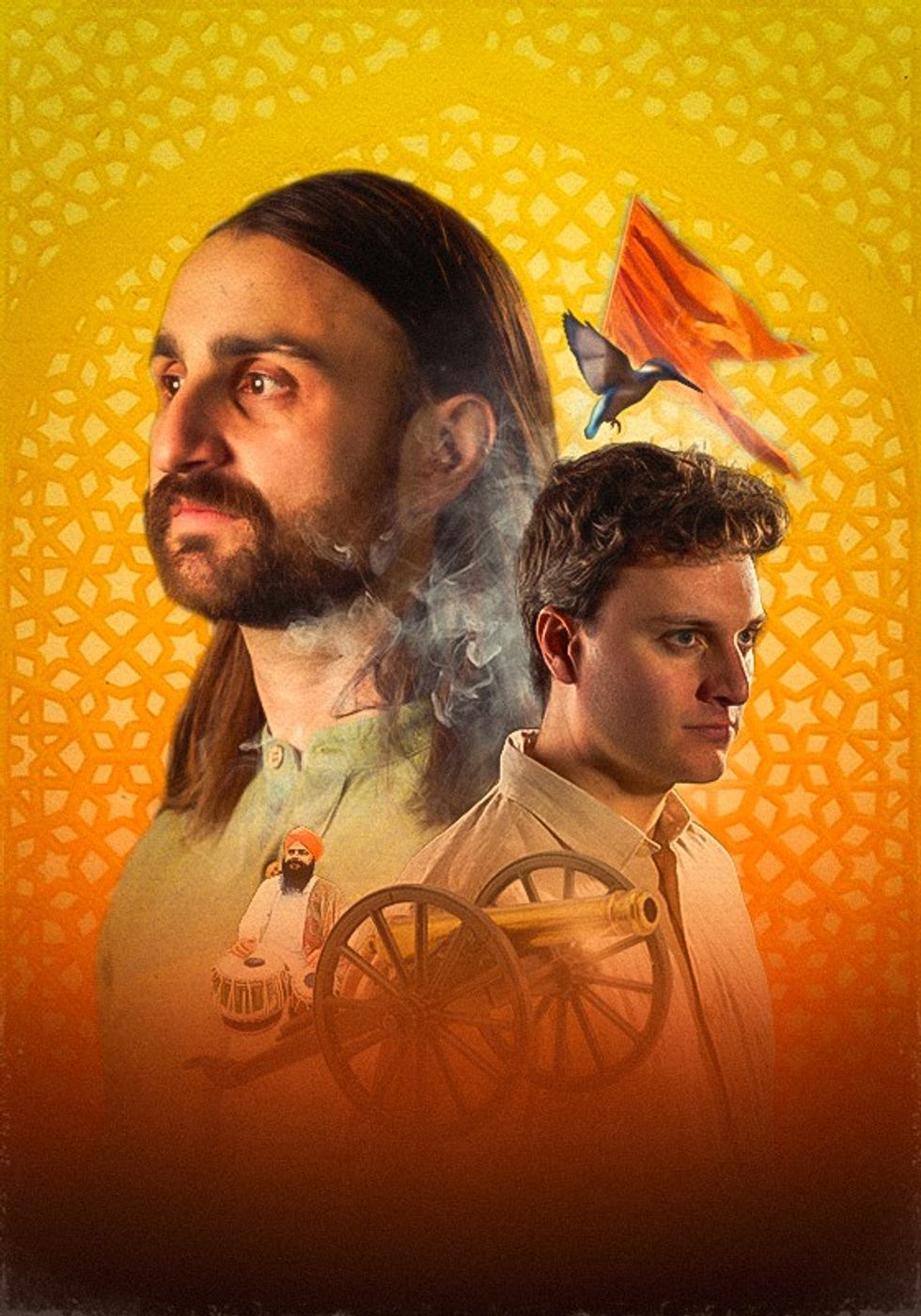 An explosive new play that fuses biting satire, history and heartfelt storytellingPleasance
An explosive new play that fuses biting satire, history and heartfelt storytellingPleasance